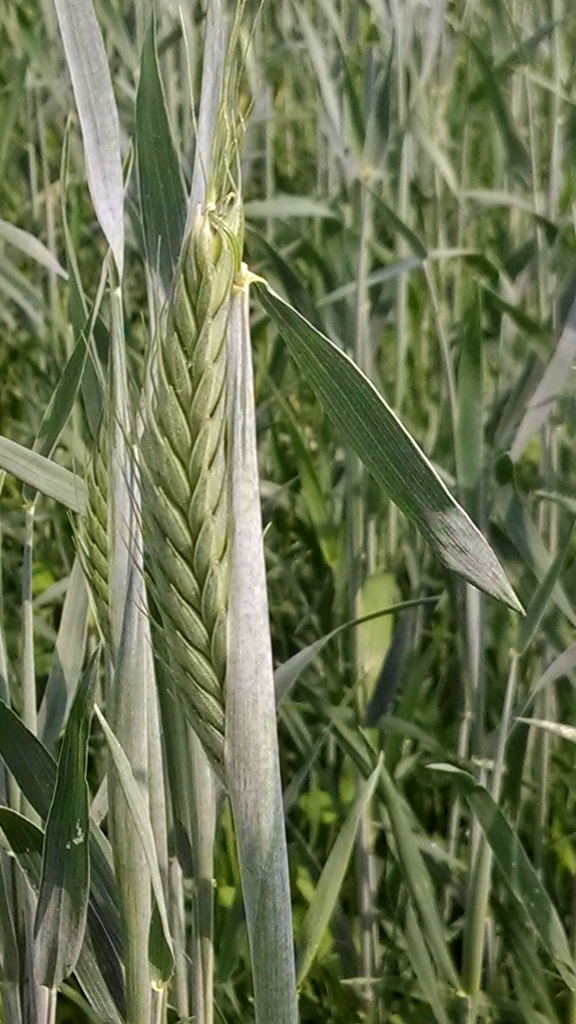by Jeremy Sweeten
Harvesting fall-planted small grains in the spring can be very challenging because of the weather. If weather conditions permit, some very high-quality forage can be harvested.
Small grains like triticale or cereal rye utilize farm ground that is not normally in production and can provide early season forage if supplies are running low. Timely harvest is so important because small grains can rapidly lose forage quality. If the weather turns off hot, the forage quality can go from dairy quality to poor beef quality in a few days.
Pay attention to the growth stage of the plants. Generally, you are better off to harvest sooner than later if the future weather forecast looks bad. Another great practice to use on small grains is to lay the swaths wide so plant respiration is stopped sooner. This keeps more carbohydrates in your forage for livestock.
The following video from Tom Kilcer showing small grain harvest stage for optimal forage quality.
Introducing TRICAL FLEX 719 TRITICALE
TriCal Flex 719 Tritcale Tech Sheet
TriCal Flex 719 is a new winter triticale that CISCO is proud to offer for forage producers. It is a medium height, high yielding, high quality forage crop. It can be seeded after corn silage and harvested in the spring. It has reduced awn (beard) length as compared to other triticales. TriCal Flex 719 shows great yield potential as a wide adaptation across the northern half of the US.
Fall 2018 Pictures of Trical Flex 719 Triticale
The pictures below were taken on November 14, 2018 in northern Indiana.
Click here to see how this field turned out the following spring.
Have questions on the new TriCal Flex 719? Feel free to reach out to us here.






